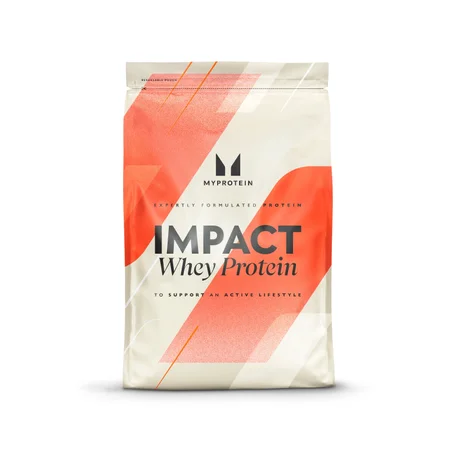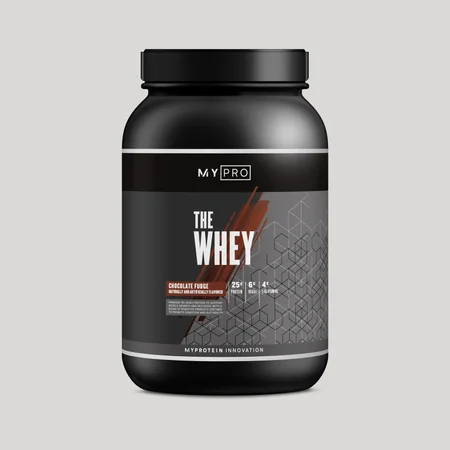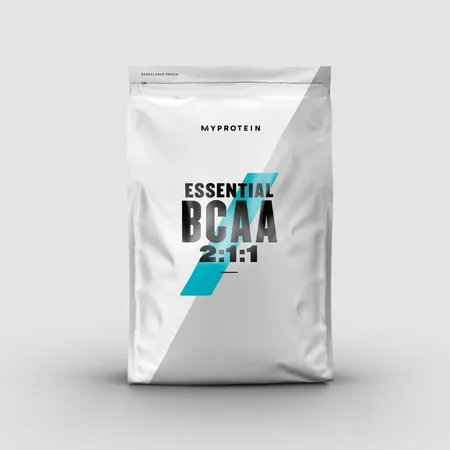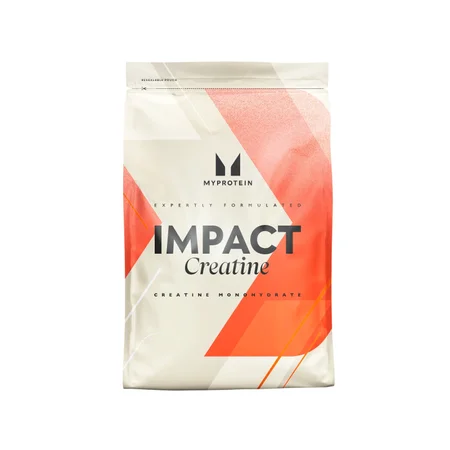Capsaicin & Weight Loss
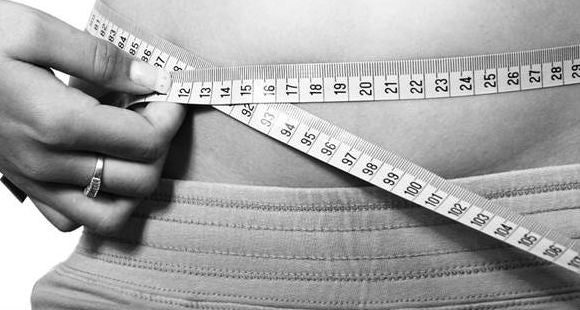
Capsaicin has been around for a long time. Since thousands of years ago, people were adding hot peppers as a spice to foods or as a healing tonic as a form of medicine. In fact, today capsaicin can still be found in creams for joint pain relief and in pills as fat burners.
Is there any truth to the effects of capsaicin as a "fat burner" or even some of the more recent claims of it being able to help build muscle, increase endurance, or even actually stop a heart attack? Let's dig into the science of capsaicin and see what we can gain from incorporating it into our daily habits.
What You Need To Know
There's been anecdotal evidence that capsaicin acts as a fat burner for decades, mainly because of the warmth that people experience after taking it.
Over the last 10 years or so, there has actually been a number of research papers showing the effectiveness of capsaicin in preventing fat accumulation during a high fat (and high calorie) diet as well as preserving metabolism during calorie restriction.
Capsaicin has the potential to modulate metabolism via activation of transient receptor potential vanilloid 1 (TRPV1) receptors. Activation of this receptor has been shown to cause lipolysis in fat cells, meaning it helps fat cells release the fat into the bloodstream so that it's easier to be used as energy.
Also, "In rodent studies, capsaicin-rich diets have shown favorable effects on atherosclerosis, metabolic syndrome, obesity, non-alcoholic fatty liver, cardiac hypertrophy and hypertension. Clinically, ingestion of capsaicin—or its less stable non-pungent analogue capsiate—has been shown to boost metabolic rate modestly. (McCarty et. al., 2015)

The Science Behind Capsaicin
The reason why capsaicin can have a beneficial effect on a wide variety of conditions is due to the way your TRPV1 receptor works and what it actually does.
TRPV1 is a cellular membrane receptor that classically responds to heat, but also responds to other noxious stimuli such as low pH (acidic environment), certain lipid metabolites, inflammation, and certain substances such as capsaicin. When activated, it allows an influx of calcium into the cell.
Calcium influx into cells influences a wide array of processes. In fat cells, calcium influx through activating TRPV1 with capsaicin inhibits adipogenesis and stimulates the release of fatty acids from the fat cell. Furthermore, the repeated influx of calcium through capsaicin supplementation in mice inhibits obesity and the downregulation of TRPV1 that comes with obesity. (Zhang et al., 2007)
This means that by adding capsaicin into your supplement regime (through cayenne pepper pills or simply eating a lot of hot peppers) will increase fat breakdown to be later oxidized for energy.
However, just because a molecule increases lipolysis (the release of fat) does not mean it will actually increase fat oxidation (the burning of fat). Yet, capsaicin has another trick up its sleeve to accomplish the latter: it increases sympathetic nervous system output.
You see, this calcium influx from the TRPV1 receptor activation is systemic - it happens everywhere. One place that is particularly important is on the adrenal gland. When capsaicin binds to the TRPV1 receptors on the adrenal gland, the resulting calcium influx dose-dependently increases adrenal nerve stimulation and increases adrenaline output. (Watanabe et. al., 1988 & 2001)
This increased adrenaline output then acts on the beta-adrenoceptors on the fat cells to further increases lipolysis, while the increased sympathetic nervous system stimulation will directly increase thermogenesis and thus the overall metabolic rate for a period of time (Osaka et al., 2000) and this has been verified in humans (Yoshioka et al., 1998 & Shin et. al., 2007).
Chili Peppers
Other studies have shown that capsaicin from chili pepper “supports negative energy balance by counteracting the unfavorable negative energy balance effect of decrease in components of energy expenditure. Moreover, consumption of 2.56 mg capsaicin per meal promotes fat oxidation in negative energy balance and does not increase blood pressure significantly.” (Janssens et al., 2013)
This means that capsaicin can increase the metabolic rate while on a calorie-reduced diet by increases calorie expenditure and fat oxidation. Again, it likely does this by acting via the sympathetic nervous system and also on the fat cells directly.
A high protein diet is also beneficial during a calorie-reduced diet as it will help to spare lean tissue loss and increase fat loss. So, another set of researchers examined whether capsaicin would offer any further benefit on top of a high protein diet for fat loss. They found that the capsaicin (in the form of simply 2 red pepper capsules) further increased the fat oxidation, the total calorie oxidation, and the feeling of fullness on top of what the high protein was able to do on its own. The authors speculated that it accomplished this “probably due to ?-adrenergic stimulation and a decrease in the respiratory quotient (RQ), implying a shift in substrate oxidation from carbohydrate to fat oxidation”. (Smeets et. al., 2013)
While this research is impressive and intriguing, it should be noted that these effects were modest. The studies done on humans generally shows less impressive results than the preceding animal studies. Probably the main reason for this is due to the difference in dosage. The two human studies above used dosages around 1-1.5g of cayenne pepper, an amount that can be found in about 2 of the commercially available pills. The amounts used in the animal research used doses that could be up to 10 times that amount.

Dosage
Thus, we reach the usual blocking point when talking about capsaicin/cayenne pepper: In order for it to work very well, the dose needs to be high. This is a problem, because although bulk cayenne pepper powder is very cheap, most people do not like to take a lot of it.
If you are willing to take on this challenge, here is how I would recommend you take cayenne pepper in order to get the most out of it and to actually see results:
Get a bulk powder of cayenne pepper. I would start out with around 40,000 stu (a lower-heat variety). Heat up hot water like you were making tea. Put 1/8th of a tsp of the powder into a mug and pour the water over it, but pour no more than 3-4 oz of water (more water will just make you endure the heat for longer - trust me, more water does NOT make it easier). Once it cools off enough to drink, chug it down. You can drink cool water after if you want.
While it might seem counter-intuitive to use hot / very warm water, it actually helps to open up the pylorus of the stomach and allow the pepper to travel through the stomach faster, thus minimizing the amount of time you will feel the burning sensation. Most people who get burning reflex from the pills actually find this way a lot more tolerable - even though it burns going down, the burn goes away quickly.
Another way to take it is to mix the powder to V8 or tomato juice or orange juice. This is up to personal preference.
Once you can handle 1/8th tsp, SLOWLY work your way up to 1-1.5 tsp. You will adapt over time and be able to handle more and more.
As a disclaimer, if you have any existing stomach or esophagus conditions, please talk to your doctor before starting cayenne. None of the above should be taken as medical advice whatsoever.

Take Home Message
After reading this article hopefully you understand more about Capsaicin and the benefits of comsuming it in your diet. If you want to lost weight then taking Capsaicin could well be an option for you. But of course it is worth remembering that there really is no shortcut to losing weight. The most important thing is exercise and diet and making sure you're in a calorie deficit.

Janssens PL, Hursel R, Martens EA, Westerterp-Plantenga MS. Acute effects of capsaicin on energy expenditure and fat oxidation in negative energy balance. PLoS One. 2013 Jul 2;8(7):e67786. doi: 10.1371/journal.pone.0067786. PubMed PMID: 23844093; PubMed Central PMCID: PMC3699483.
McCarty, M. F., DiNicolantonio, J. J., & O’Keefe, J. H. (2015). Capsaicin may have important potential for promoting vascular and metabolic health. Open Heart, 2(1), e000262. http://doi.org/10.1136/openhrt-2015-000262
Osaka T, Lee TH, Kobayashi A, Inoue S, Kimura S. Thermogenesis mediated by a capsaicin-sensitive area in the ventrolateral medulla. Neuroreport. 2000 Aug 3;11(11):2425-8. PubMed PMID: 10943697.
Shin KO, Moritani T. Alterations of autonomic nervous activity and energy metabolism by capsaicin ingestion during aerobic exercise in healthy men. J Nutr Sci Vitaminol (Tokyo). 2007 Apr;53(2):124-32. PubMed PMID: 17615999.
Smeets AJ, Janssens PL, Westerterp-Plantenga MS. Addition of capsaicin and exchange of carbohydrate with protein counteract energy intake restriction effects on fullness and energy expenditure. J Nutr. 2013 Apr;143(4):442-7. doi: 10.3945/jn.112.170613. PubMed PMID: 23406619.
Watanabe T, Sakurada N, Kobata K. Capsaicin-, resiniferatoxin-, and olvanil-induced adrenaline secretions in rats via the vanilloid receptor. Biosci Biotechnol Biochem. 2001 Nov;65(11):2443-7. PubMed PMID: 11791717.
Watanabe T, Kawada T, Kurosawa M, Sato A, Iwai K. Adrenal sympathetic efferent nerve and catecholamine secretion excitation caused by capsaicin in rats. Am J Physiol. 1988 Jul;255(1 Pt 1):E23-7. PubMed PMID: 2898892.
Yoshioka M, St-Pierre S, Suzuki M, Tremblay A. Effects of red pepper added to high-fat and high-carbohydrate meals on energy metabolism and substrate utilization in Japanese women. Br J Nutr. 1998 Dec;80(6):503-10. PubMed PMID: 10211048.
Zhang LL, Yan Liu D, Ma LQ, Luo ZD, Cao TB, Zhong J, Yan ZC, Wang LJ, Zhao ZG, Zhu SJ, Schrader M, Thilo F, Zhu ZM, Tepel M. Activation of transient receptor potential vanilloid type-1 channel prevents adipogenesis and obesity. Circ Res. 2007 Apr 13;100(7):1063-70. PubMed PMID: 17347480.
